How To Use A Metal Detector?
Metal detecting is a fascinating hobby that combines the thrill of treasure hunting with the joy of exploring the outdoors. Whether you're a beginner or an experienced detectorist, understanding how to use a metal detector effectively can significantly enhance your chances of finding valuable items. This article will guide you through the essential steps and tips for using a metal detector, ensuring you get the most out of your treasure-hunting adventures.
Understanding Your Metal Detector

Before you start searching for hidden treasures, it's crucial to familiarize yourself with your metal detector. Different models come with various features, but most metal detectors have the following basic components:
1. Control Box: This houses the circuitry, controls, speaker, batteries, and microprocessor.
2. Search Coil: Also known as the loop, this is the part of the detector that senses metal objects.
3. Shaft: This connects the control box and the search coil, and its length can usually be adjusted.
4. Stabilizer: This helps keep the unit steady as you sweep it back and forth.
Setting Up Your Metal Detector
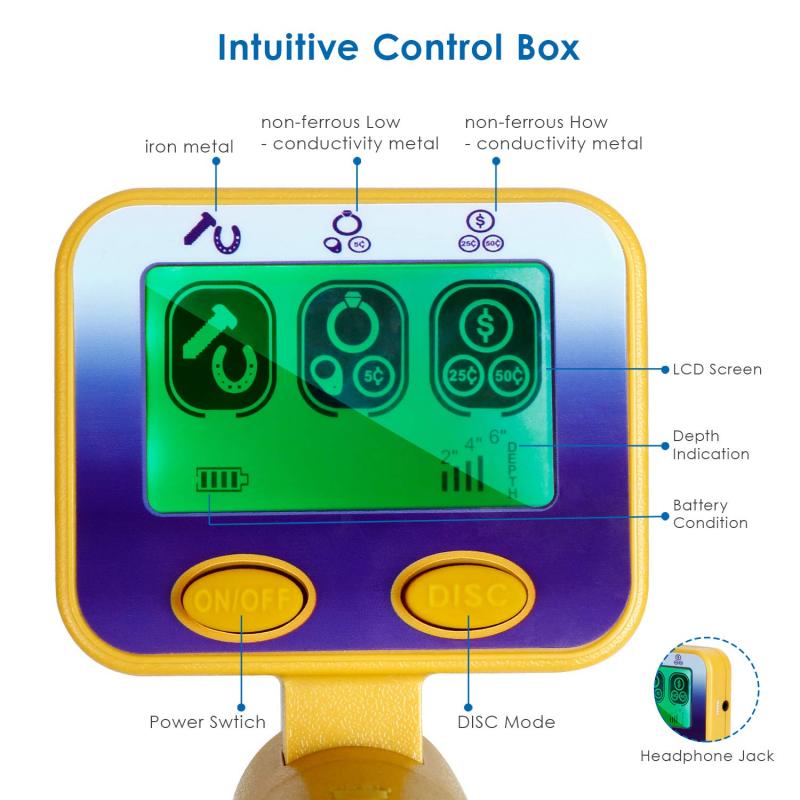
1. Assemble the Detector: Follow the manufacturer's instructions to assemble your metal detector. Ensure that all parts are securely connected.
2. Adjust the Shaft: Adjust the length of the shaft so that the search coil is close to the ground but not touching it. The detector should be comfortable to hold and swing.
3. Power On: Insert the batteries and turn on the metal detector. Most detectors have a power switch or button.
Tuning Your Metal Detector
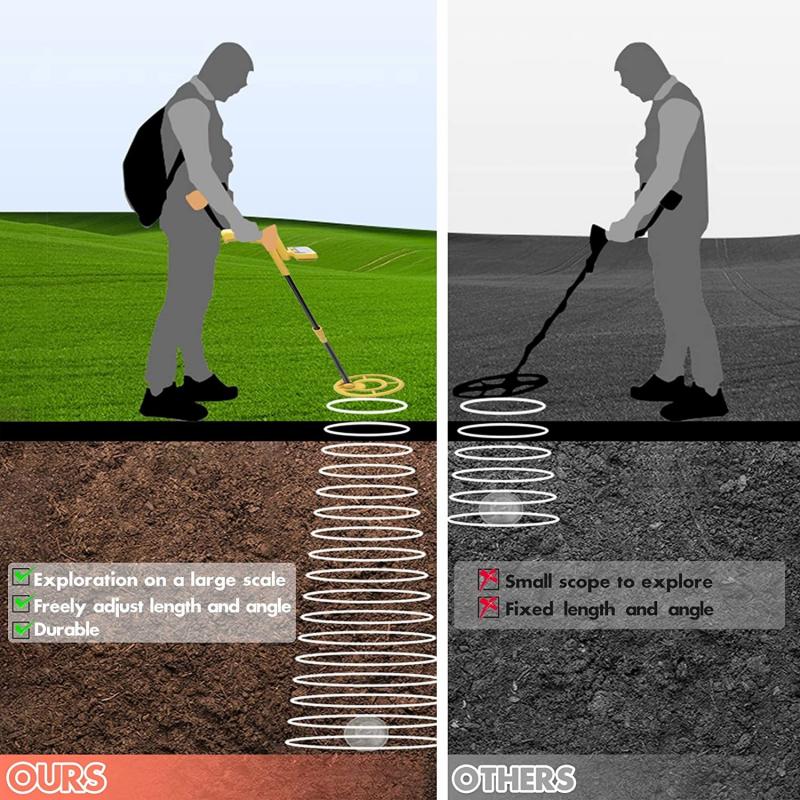
Proper tuning is essential for optimal performance. Here are the key settings you need to adjust:
1. Sensitivity: This controls how deeply the detector can sense metal objects. Higher sensitivity increases depth but may also cause more false signals. Start with a medium setting and adjust as needed.
2. Discrimination: This setting helps you filter out unwanted metals, such as iron, and focus on more valuable targets like gold or silver. Beginners should start with low discrimination and gradually increase it as they become more experienced.
3. Ground Balance: This feature helps the detector ignore mineralization in the soil, which can cause false signals. Some detectors have automatic ground balance, while others require manual adjustment. Follow the manufacturer's instructions for your specific model.
Basic Techniques for Metal Detecting
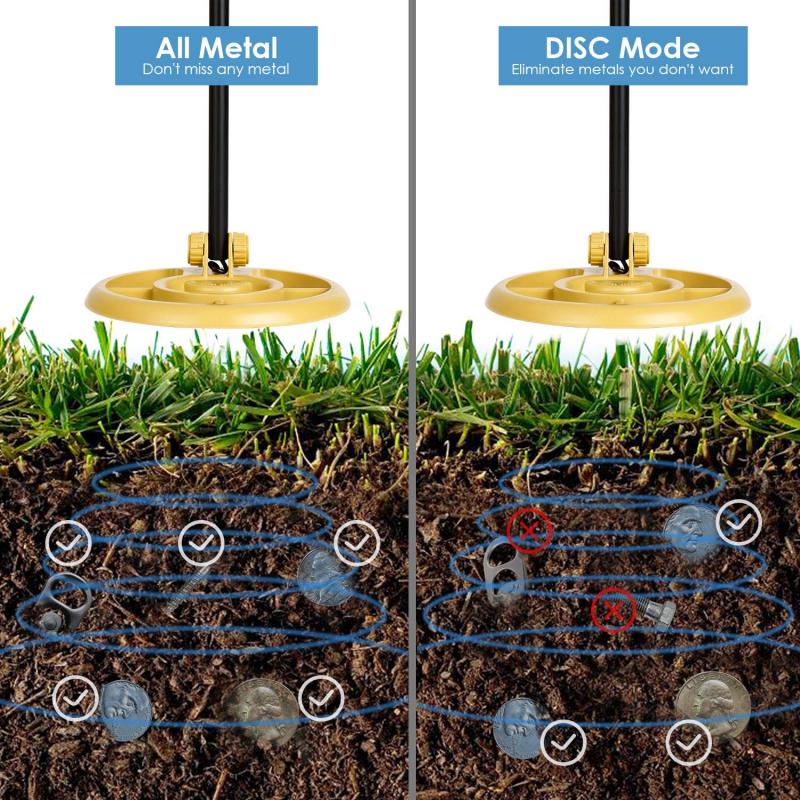
1. Swinging the Detector: Hold the detector's handle and keep the search coil parallel to the ground. Sweep the coil in a side-to-side motion, overlapping each sweep by about 50%. Move slowly and methodically to ensure you cover the area thoroughly.
2. Listening to Signals: Pay attention to the sounds your detector makes. Different tones indicate different types of metals. Practice identifying these tones to distinguish between valuable targets and junk.
3. Pinpointing: Once you get a signal, use the pinpointing feature (if available) to narrow down the exact location of the target. This will make digging more precise and efficient.
Choosing the Right Location
The success of your metal detecting efforts largely depends on where you search. Here are some tips for choosing the right location:
1. Research: Study maps, historical records, and local lore to identify promising sites. Old parks, beaches, battlefields, and abandoned properties are often rich in hidden treasures.
2. Seek Permission: Always obtain permission before detecting on private property. For public lands, check local regulations to ensure metal detecting is allowed.
3. Consider Soil Conditions: Metal detectors work best in low-mineralized soils. Wet or damp soil can also enhance detection depth.
Digging and Recovering Targets
1. Use the Right Tools: A small digging tool, such as a trowel or a sand scoop, is essential for recovering targets. A pinpointer can also help you locate the exact position of the target in the hole.
2. Dig Carefully: When you get a signal, dig a small plug of soil and set it aside. Check the hole and the plug with your detector to see if the target is in either. Be careful not to damage the target while digging.
3. Fill the Hole: After recovering the target, fill the hole and replace the plug. Leave the area as you found it to preserve the environment and maintain good relations with property owners.
Tips for Successful Metal Detecting
1. Be Patient: Metal detecting requires patience and persistence. You may not find valuable items every time, but regular practice will improve your skills and increase your chances of success.
2. Keep Records: Maintain a log of your finds, including the location, date, and type of items found. This can help you identify productive areas and track your progress.
3. Join a Community: Consider joining a metal detecting club or online forum. Sharing experiences and tips with other detectorists can be both educational and motivating.
Common Challenges and Solutions
1. False Signals: These can be caused by mineralized soil, electrical interference, or improper settings. Adjust the sensitivity and ground balance, and move away from potential sources of interference.
2. Trash Targets: Discrimination settings can help reduce the number of junk targets you dig up. However, be cautious with high discrimination, as it may also filter out valuable items.
3. Weather Conditions: Metal detecting in extreme weather can be challenging. Dress appropriately, stay hydrated, and take breaks as needed.
Metal detecting is a rewarding hobby that offers the excitement of discovery and the opportunity to connect with history. By understanding your metal detector, choosing the right locations, and employing effective techniques, you can maximize your chances of finding hidden treasures. Remember to be patient, respectful of the environment, and always seek permission before detecting on private property. Happy hunting!

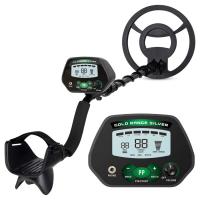

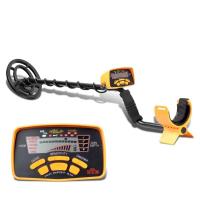
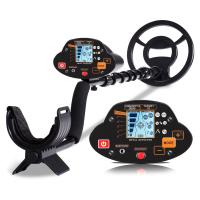
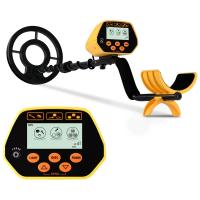
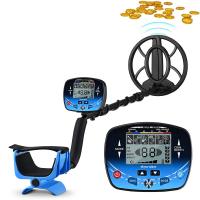

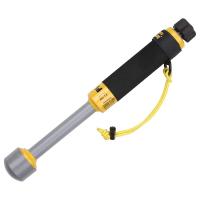
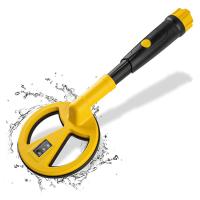
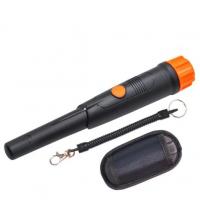
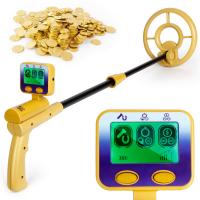
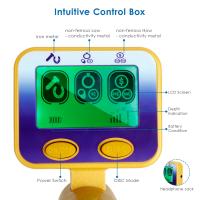
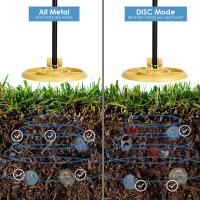




There are no comments for this blog.